How the Nervous System Works: A Beginner’s Guide to Brain and Nerve Function
Aug 30, 2025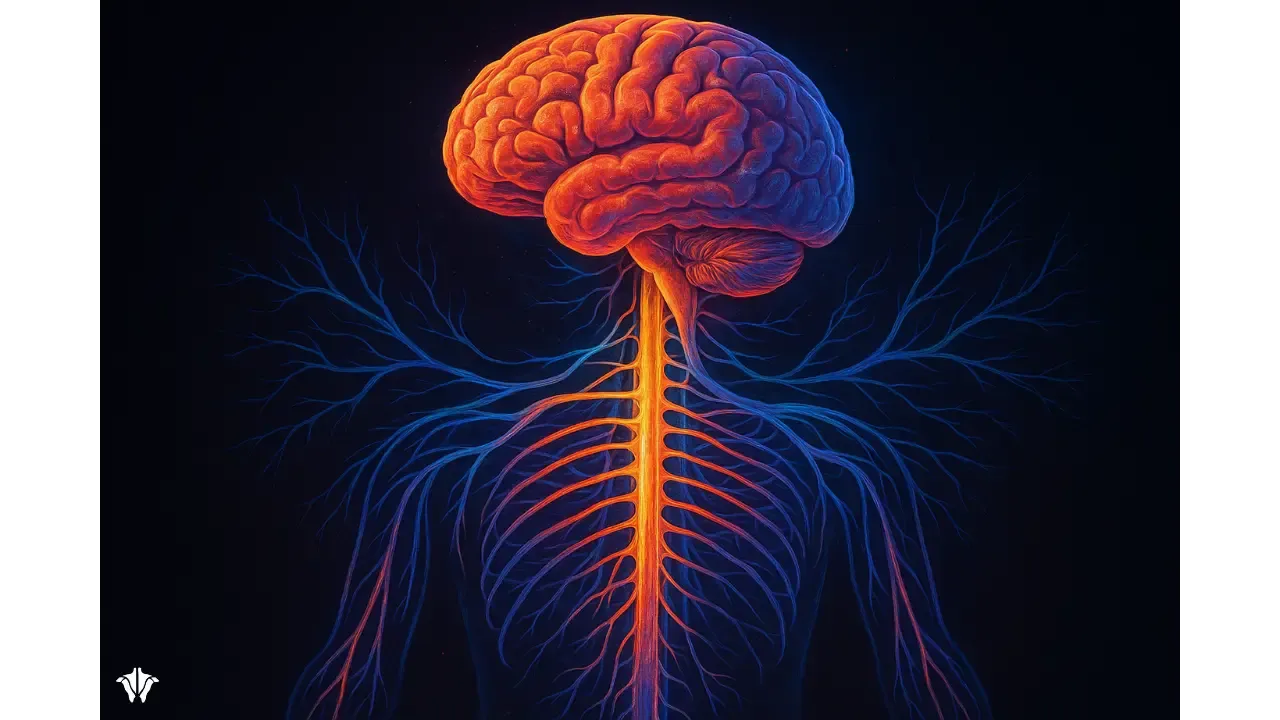
The human nervous system is a masterpiece of biological engineering, orchestrating everything from conscious thoughts to automatic reflexes. At the Institute of Human Anatomy, we simplify complex anatomical concepts through our online courses, interactive resources, and expert-led content. In this beginner's guide, we’ll unpack the nervous system’s structure, how it powers your daily life, and actionable tips to keep it healthy. Let’s begin this fascinating journey!
What Is the Nervous System?
The nervous system is your body’s communication network, divided into two primary components:
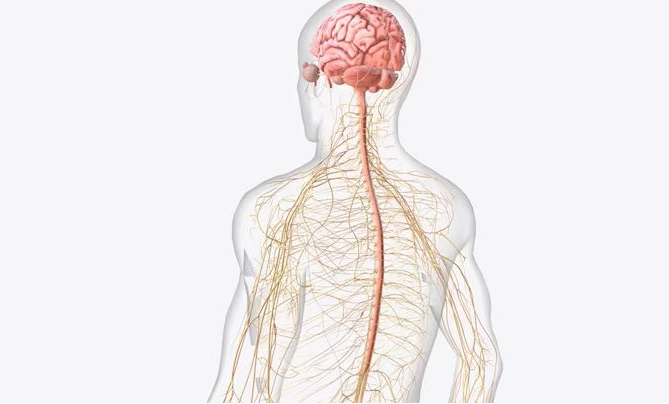
- Central Nervous System (CNS): Made up of the brain and spinal cord.
- Peripheral Nervous System (PNS): Nerves that extend from the CNS to the rest of the body.
The CNS processes information, while the PNS transmits signals to and from organs, muscles, and skin. Together, they enable you to think, move, and react. For a foundational understanding of these systems, enroll in our Foundations of Human Anatomy course, designed for learners at all levels.
Brain Anatomy: The Ultimate Control Hub
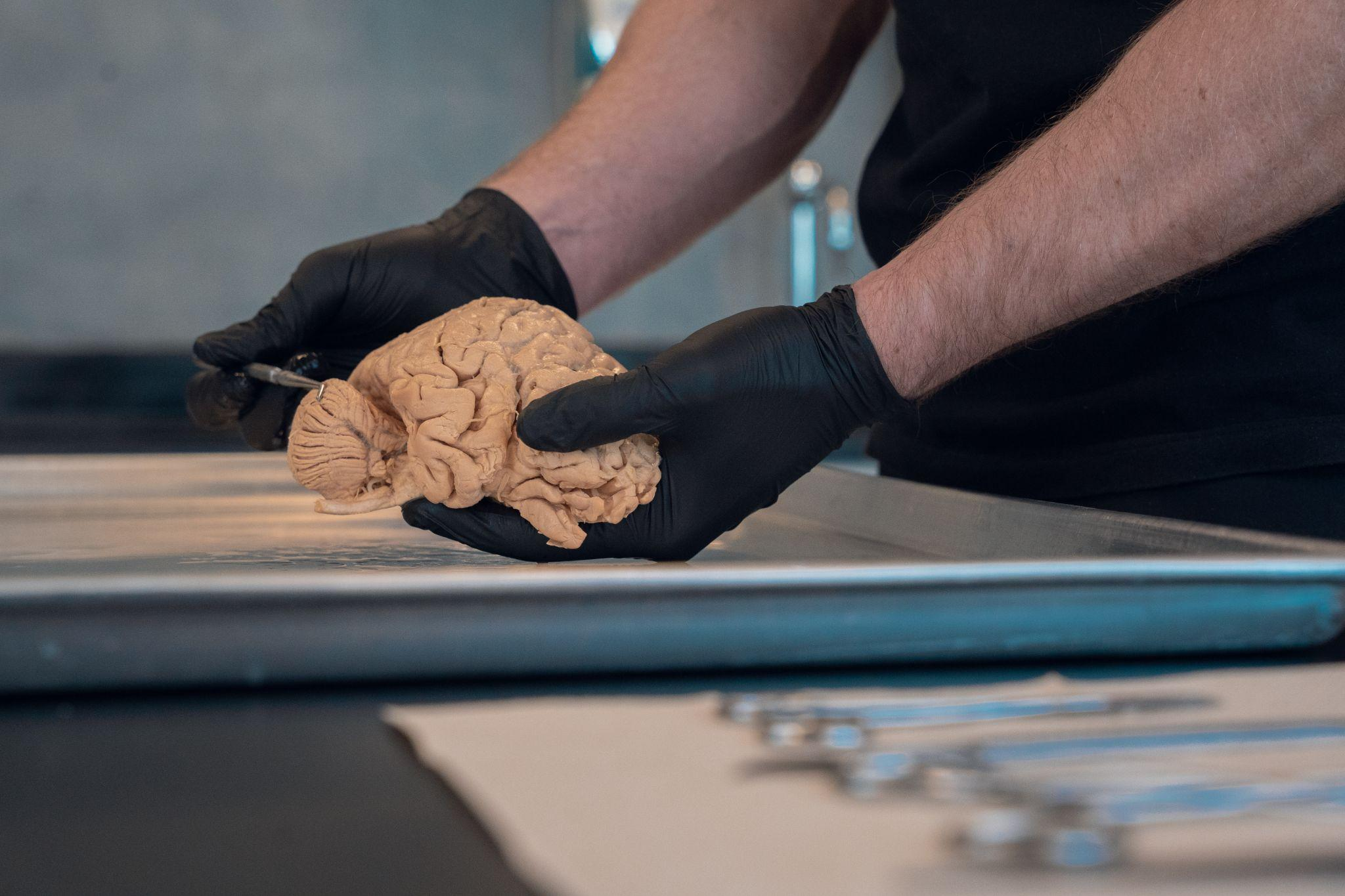
The brain, weighing roughly 3 pounds, is the CNS’s crown jewel. Let’s explore its key regions in detail:
- Divided into four lobes:
The Four Brain Lobes & Their Functions:
Frontal Lobe
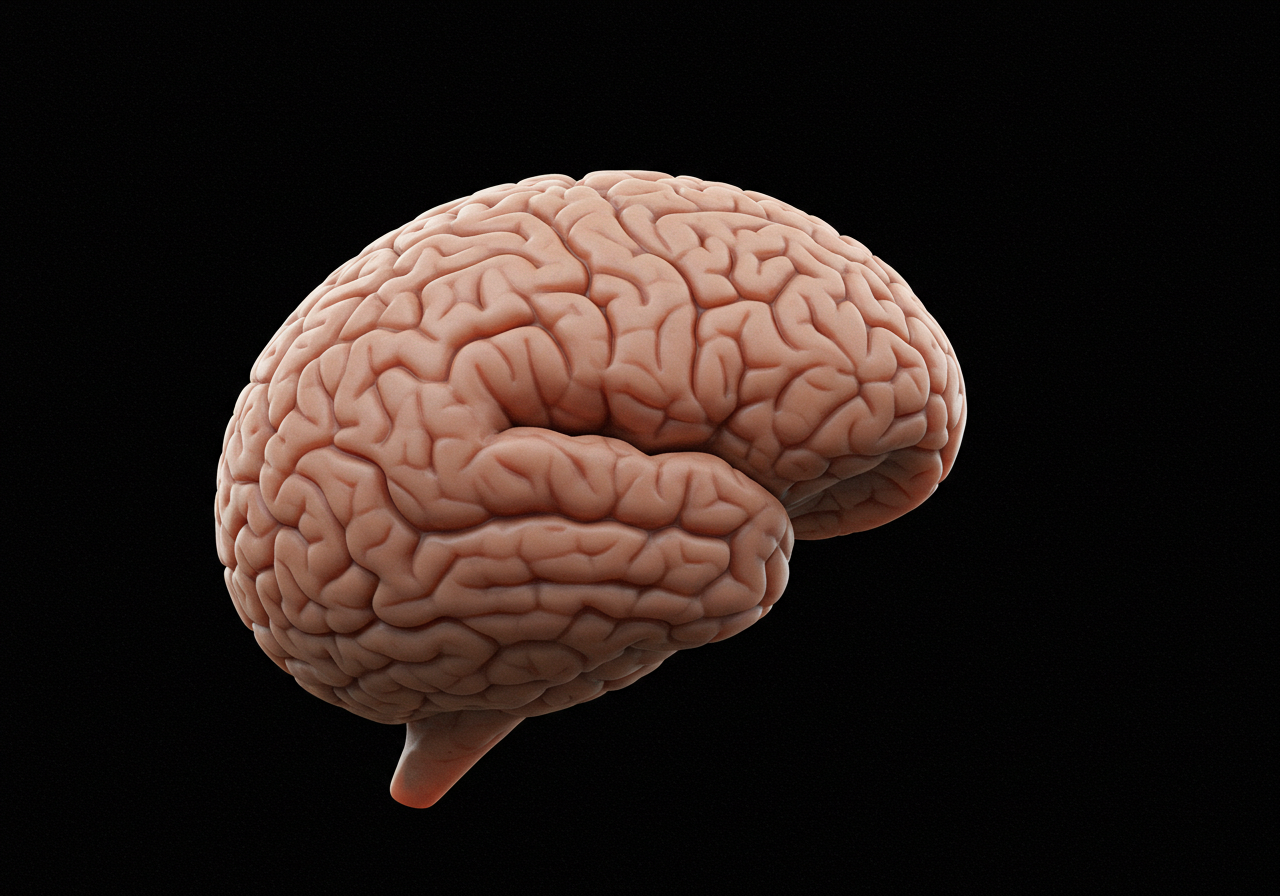
Located at the front of the brain.
Manages decision-making, problem-solving, voluntary movement, and emotional regulation.
Parietal Lobe
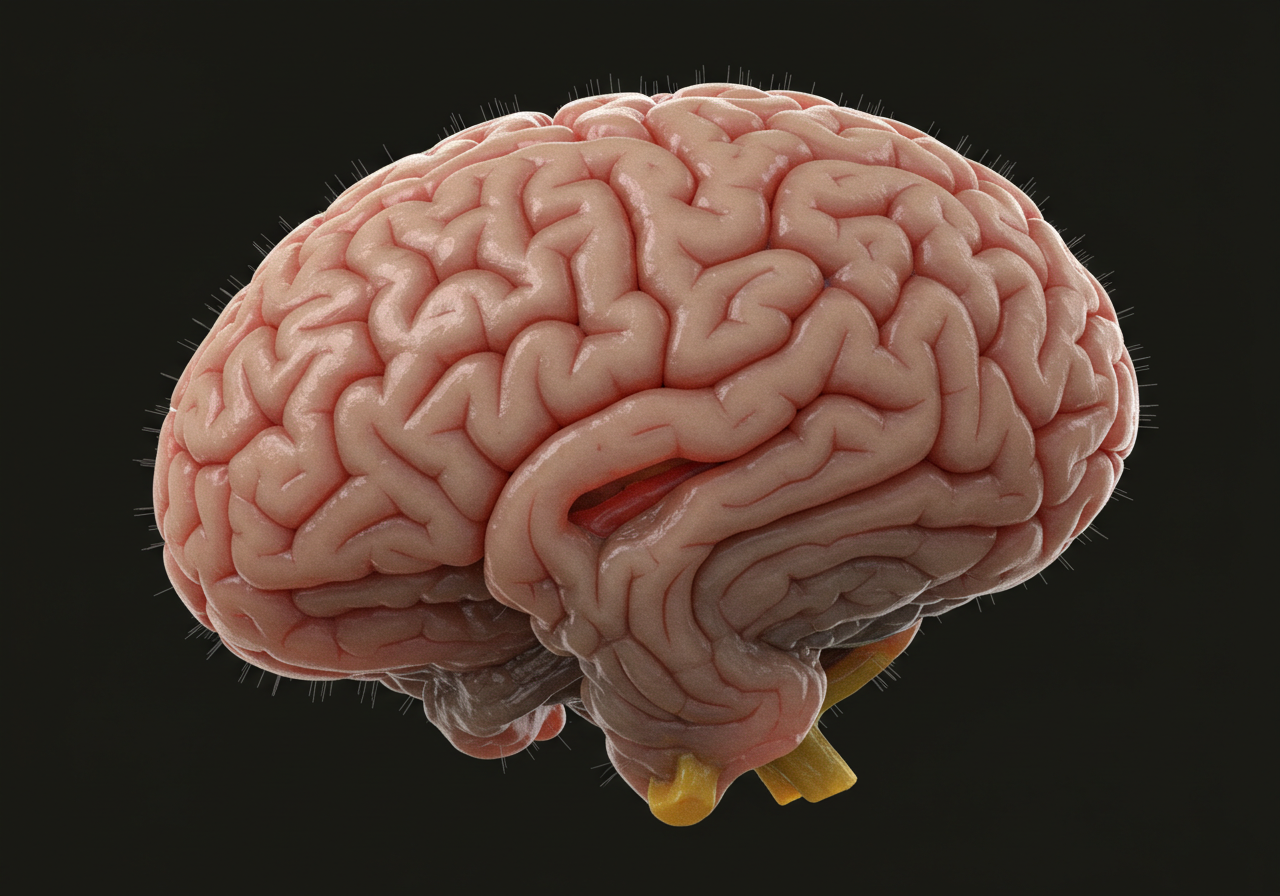
Positioned at the top, toward the back of the head.
Processes sensory data such as touch, temperature, pain, and spatial awareness.
Temporal Lobe
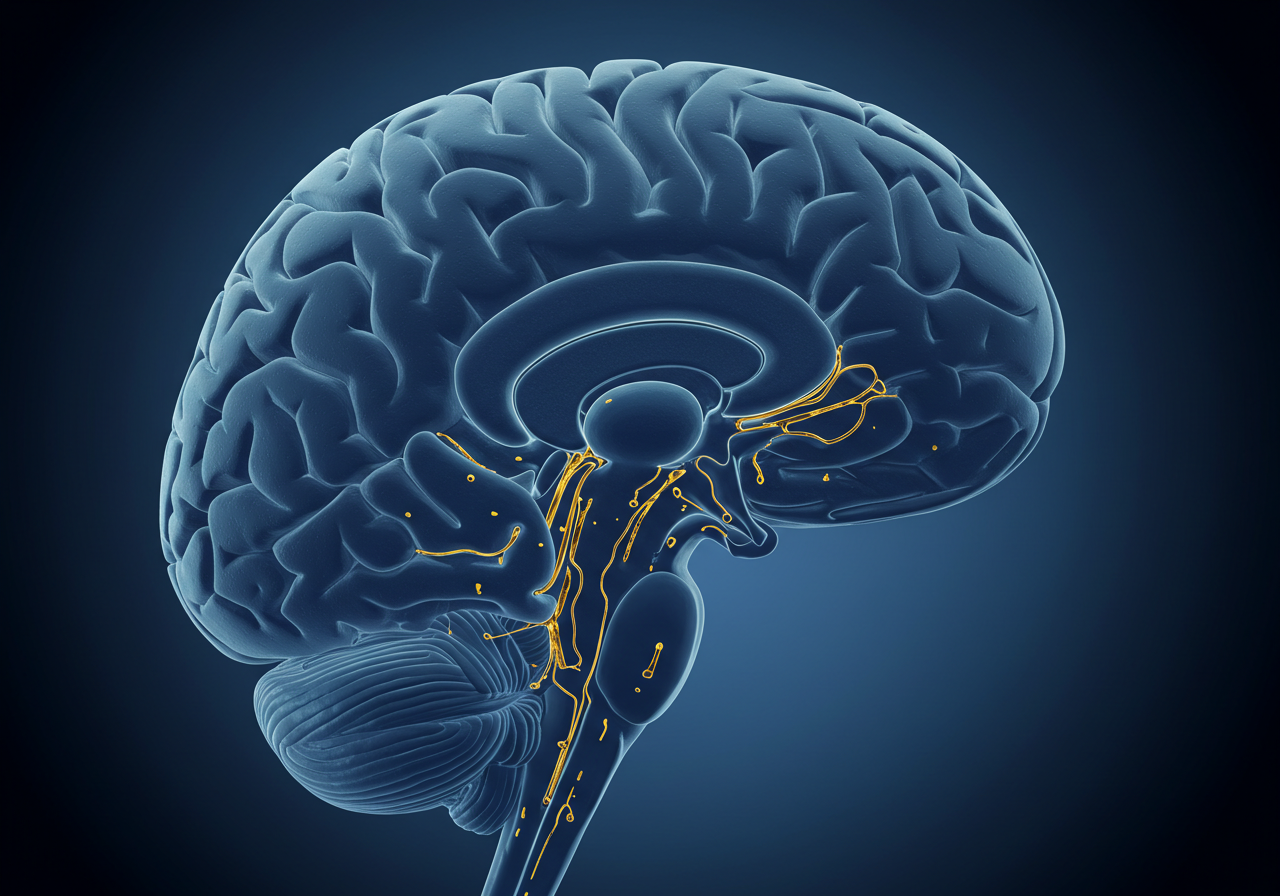
Located on the sides of the brain, near the ears.
Handles hearing, language comprehension, memory, and emotional responses.
Occipital Lobe
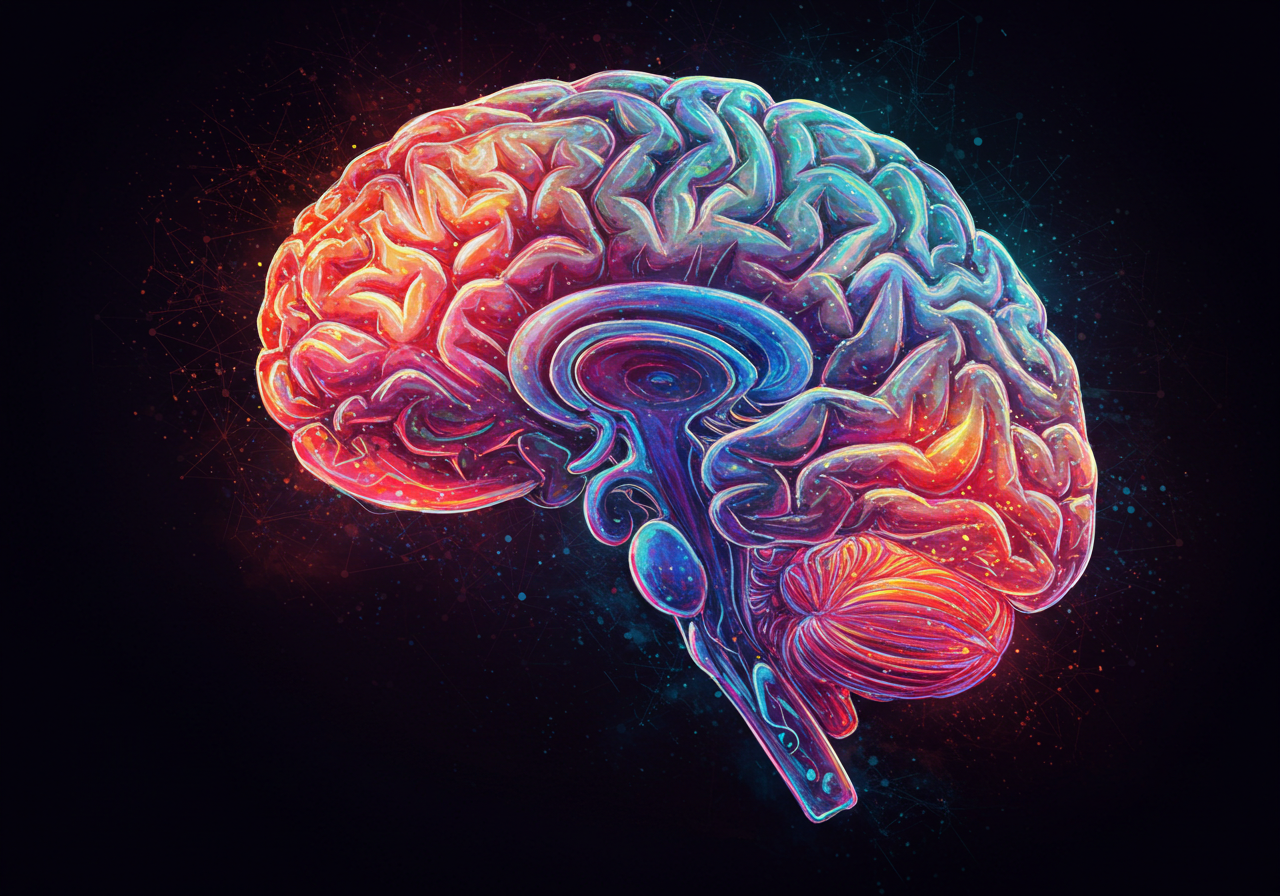
Found at the back of the brain.
Specialized in visual processing, interprets everything we see.
- 1. Cerebrum: The Seat of Intelligence
The cerebral cortex, its outer layer, is packed with neurons responsible for higher-order functions: reasoning, decision-making, language, memory, attention, and problem-solving. - 2. Cerebellum: The Movement Coordinator
Tucked neatly at the base of your brain, the cerebellum fine-tunes your motor skills, balance, and posture. It’s the reason you can ride a bike, catch a ball, or walk across a room without consciously thinking about every movement. Whether you’re dancing or typing, your cerebellum keeps things smooth and steady behind the scenes. - 3. Brainstem: The Lifesaving Autopilot
Acting as the bridge between your brain and spinal cord, the brainstem controls life’s essential, automatic functions like breathing, heart rate, and blood pressure. It keeps you alive without needing your permission, working 24/7 to regulate everything from sleep patterns to reflexes. - 4. Limbic System: Emotions and Memory
Deep inside the brain lies the limbic system, home to structures like the amygdala, which processes emotions, and the hippocampus, which is essential for forming new memories. Have you ever smelled freshly baked cookies and instantly thought of your childhood? That’s your limbic system at work, tying together emotions, memories, and sensory experiences.
For a deeper dive into how cranial nerves connect the brain to facial muscles and senses, explore our Facial Anatomy course.
Spinal Cord Function: The Body’s Information Superhighway
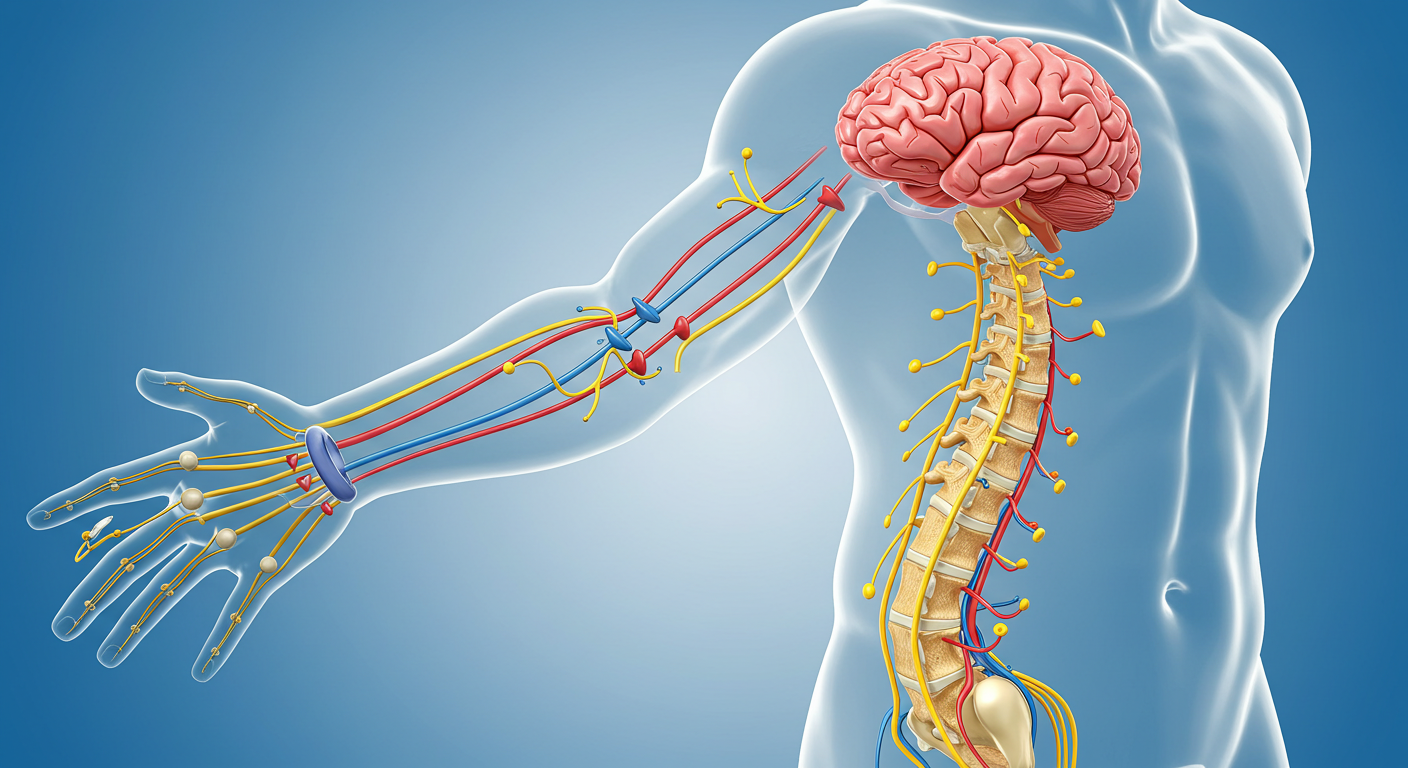
The spinal cord is a nerve bundle, protected by vertebrae, serving two critical roles:
1. Signal Transmission
- Ascending Pathways: Carry sensory data (e.g., pain, heat) to the brain.
- Descending Pathways: Deliver motor commands from the brain to muscles.
2. Reflex Arcs: Instant Reactions
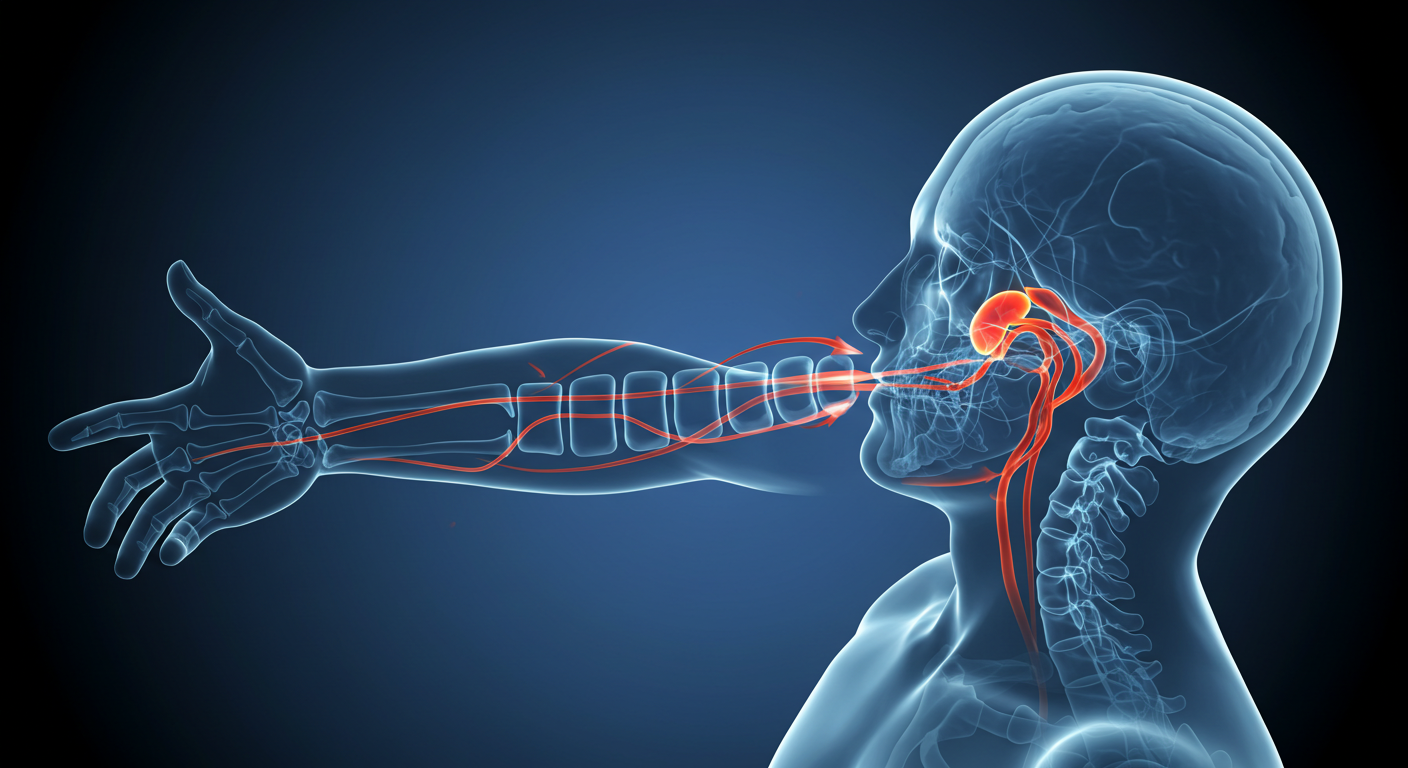
- Some responses bypass the brain for speed. For example, touching a hot stove triggers an instant withdrawal reflex processed in the spinal cord.
Damage to the spinal cord can disrupt these pathways, leading to paralysis or sensory loss.
Peripheral Nervous System (PNS): Bridging the Gap
The PNS, which connects the CNS to limbs and organs, is divided into two subsystems:
1.Somatic Nervous System
The Somatic Nervous System is responsible for voluntary control of body movements. It manages conscious actions such as waving your hand, walking, or typing on a keyboard. This system includes sensory neurons, which transmit information about sensations like touch, pain, and temperature to the brain, and motor neurons, which carry instructions from the brain to the muscles, prompting them to contract and produce movement.
2.Autonomic Nervous System
On the other hand, the Autonomic Nervous System oversees involuntary, automatic processes within the body, the functions you don’t have to think about. This includes regulating digestion, heart rate, breathing, and blood pressure. It’s divided into two key branches: the Sympathetic Division, which prepares the body for stressful situations by triggering the "fight-or-flight" response (such as increasing your heart rate and releasing adrenaline), and the Parasympathetic Division, which calms the body down after stress, supporting "rest-and-digest" activities like slowing the heart rate and promoting digestion.
This intricate network ensures your body adapts to both calm and stressful situations seamlessly.
Nerve Pathways: How Neurons Communicate
At the heart of the nervous system are neurons, the tiny yet powerful cells responsible for sending and receiving messages throughout your body. But how exactly do they manage this complex task?
Each neuron has a unique structure tailored for communication. Branch-like dendrites receive signals from neighboring neurons, while the axon carries those signals away in the form of electrical impulses. Covering the axon is the myelin sheath, a protective fatty layer that speeds up these impulses, like insulation on an electrical wire. When this sheath is damaged, as seen in conditions like multiple sclerosis, communication slows, leading to a host of neurological issues.
At the end of the axon lies the synapse, a tiny gap where neurons pass chemical messages using neurotransmitters like serotonin and dopamine. These chemicals don’t just relay signals, they shape how we feel and function. Imbalances in neurotransmitters are directly linked to mood disorders such as depression and anxiety, highlighting the delicate chemistry behind our emotions and mental health.
Neuroplasticity: The Brain’s Remarkable Adaptability
One of the brain’s most fascinating features is its ability to adapt and rewire itself, a phenomenon known as neuroplasticity. Every time you learn a new skill, form a new memory, or recover from an injury like a stroke, your brain is forging fresh connections between neurons. It’s this adaptability that allows us to evolve, heal, and grow throughout life.
How to Protect and Support Your Nervous System
A healthy nervous system is vital for a long, active, and mentally sharp life. Here’s how you can give yours the care it deserves:
Fuel Your Brain Wisely
What you eat directly impacts how your brain functions. Omega-3 fatty acids from salmon and walnuts strengthen cell membranes, while antioxidants in berries and dark chocolate combat the oxidative stress that damages neurons. Don’t forget your B vitamins either, found in eggs and leafy greens; they’re essential for neurotransmitter production and overall nerve health.
Move with Purpose
Exercise isn’t just for your heart and muscles, it’s medicine for your brain. Aerobic activity boosts blood flow, delivering oxygen and nutrients vital for neuron growth and repair. Strength training enhances nerve-to-muscle communication, improving balance and coordination. Curious about how physical fitness shapes your cardiovascular system too? Check out our Cardiovascular Adaptations blog.
Prioritize Restorative Sleep
While you sleep, your brain performs critical housekeeping, clearing out toxins, consolidating memories, and resetting itself for the next day. Chronic sleep deprivation disrupts these processes, leading to memory problems, irritability, and poor decision-making.
Manage Stress Proactively
Stress, especially when constant, is harmful to brain structure. It can shrink the hippocampus, the brain region responsible for memory. Regular practices like yoga, meditation, or even a quiet daily walk can significantly lower stress hormones like cortisol and protect your cognitive health.
Be Mindful of Toxins
Minimizing exposure to harmful substances is another crucial step. Excessive alcohol, tobacco, and environmental toxins like lead can impair nerve function and accelerate neurological aging.
Nurture Your Gut-Brain Connection
Emerging research shows your gut and brain are closely linked via the vagus nerve. A balanced gut microbiome influences mood, memory, and cognition. Interested in learning how gut health shapes your mental well-being? Don’t miss our detailed Microbiome blog.
Common Neurological Disorders: A Brief Overview
While prevention is key, understanding these conditions highlights the nervous system’s fragility:
- Alzheimer’s Disease: Progressive memory loss linked to amyloid plaque buildup.
- Parkinson’s Disease: Degeneration of dopamine-producing neurons, causing tremors.
- Peripheral Neuropathy: Nerve damage often causing numbness or pain in extremities.
Early intervention and healthy habits can mitigate risks. For more on bodily systems, visit the National Institute of Neurological Disorders and Stroke
Conclusion: Unlocking the Mysteries of the Human Body
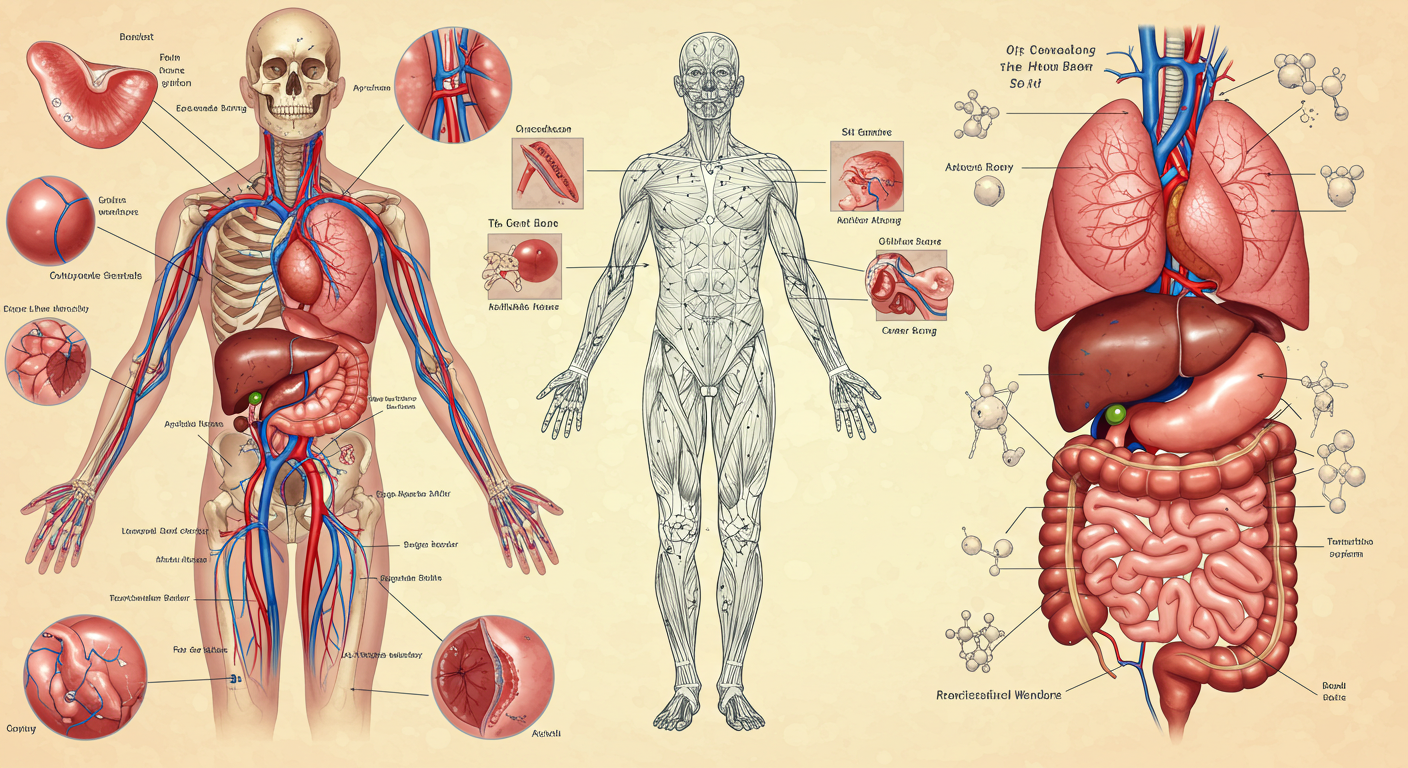
The nervous system’s complexity is awe-inspiring, yet understanding its basics empowers you to make informed health choices. At the Institute of Human Anatomy, we’re passionate about demystifying anatomy through courses like Foundations of Human Anatomy and resources like our blog. Whether you’re a student, professional, or curious mind, dive deeper into the wonders of human biology with us!


